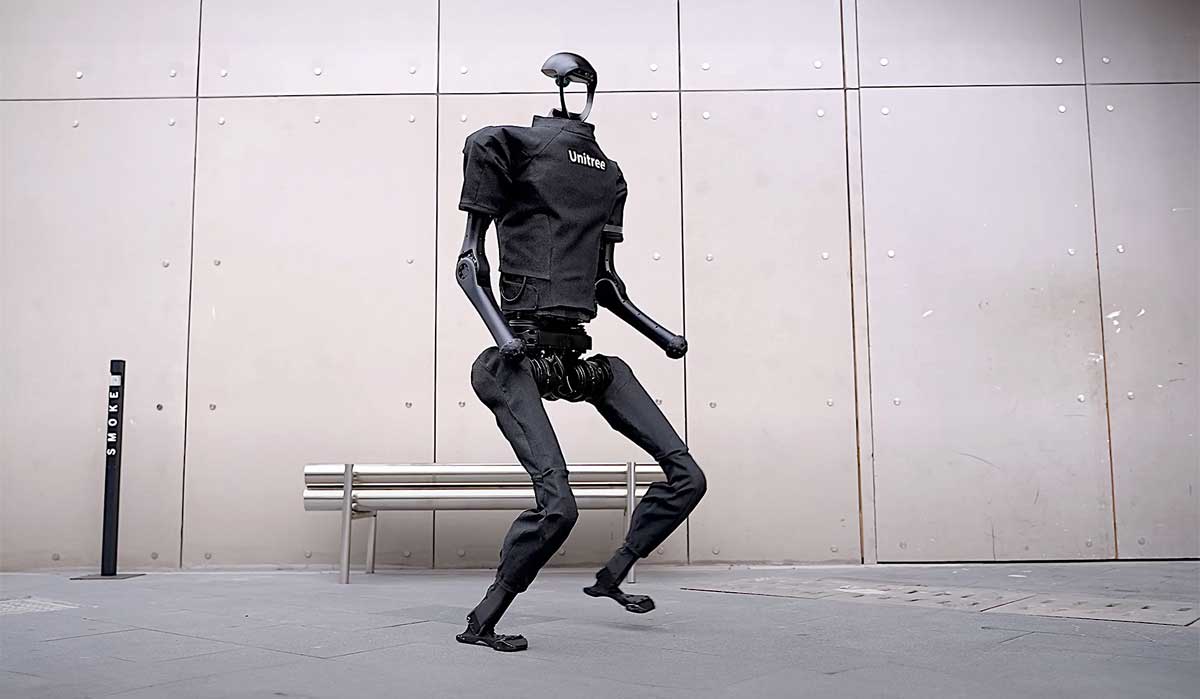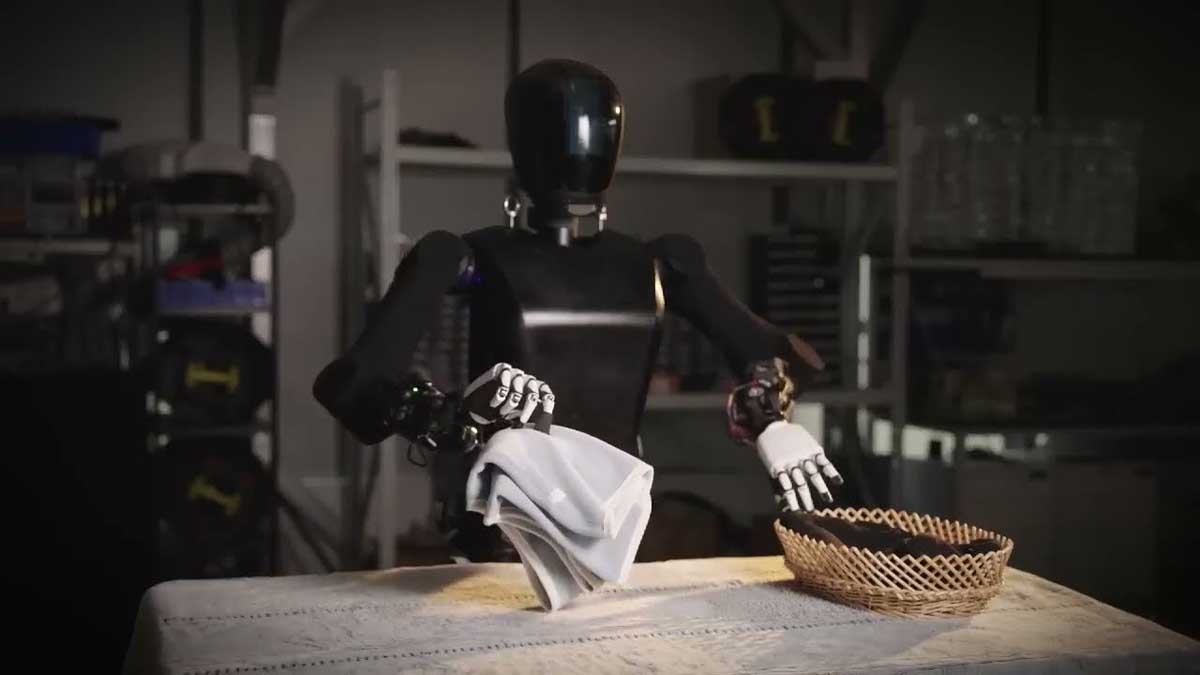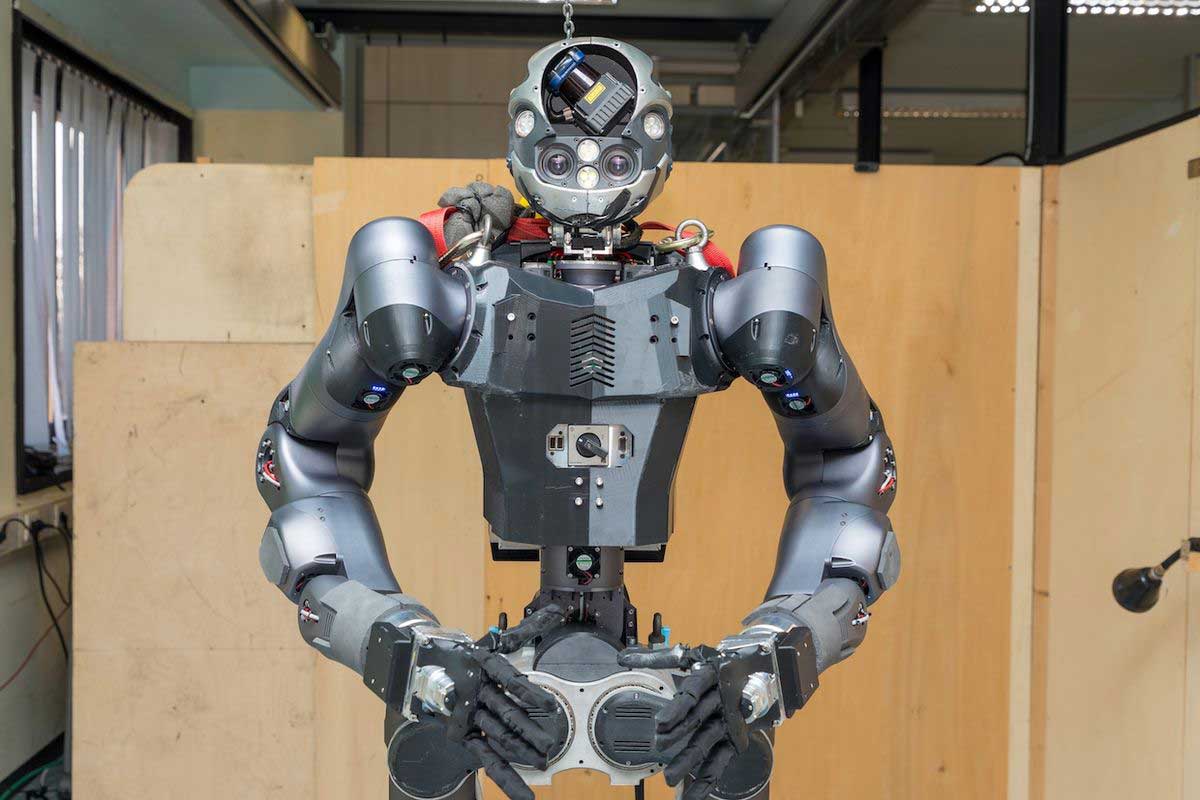At a time when technological advancements are rapidly transforming healthcare, the GRACE humanoid robot emerges as a beacon of hope and innovation. Developed by Awakening Health and designed with a human-like appearance, GRACE embodies the potential of robots to provide emotional support, medical assistance, and companionship to patients, particularly the elderly and those facing isolation. This article delves into the capabilities, applications, and future prospects of this remarkable robot.
Standing tall and exuding a friendly demeanor, GRACE is more than just a machine. Equipped with advanced artificial intelligence, she can engage in natural conversation, respond to emotions, and offer emotional support to patients who might feel lonely or isolated. This ability to connect on a human level fosters trust and encourages patients to open up, making it easier for healthcare professionals to understand their needs and provide better care.
Beyond emotional support, GRACE possesses valuable medical capabilities. She utilizes a built-in thermal camera to measure temperature and pulse, offering basic diagnoses and monitoring vital signs. Her AI allows her to conduct initial assessments, gather crucial data, and guide patients through simple exercise routines, all while seamlessly relaying information to healthcare providers. This frees up valuable time for doctors and nurses, allowing them to focus on more complex cases.
However, GRACE is not intended to replace human interaction or medical expertise. Instead, she acts as a valuable assistant, supplementing the work of healthcare professionals and enhancing patient care. In a world facing a potential shortage of healthcare personnel, robots like GRACE can bridge the gap, alleviating burdens and ensuring accessible care for all.
While still in its beta phase, GRACE’s potential extends beyond hospital settings. She can be deployed in assisted living facilities, providing companionship and assistance to the elderly. Additionally, her multilingual capabilities enable her to cater to diverse populations, transcending language barriers and ensuring inclusive care.
The development of GRACE represents a significant step forward in human-robot interaction and its application in healthcare. As her capabilities evolve and deployment expands, she holds the promise of revolutionizing the way we deliver care, offering personalized support, improving efficiency, and alleviating loneliness for those who need it most. However, ethical considerations and concerns about job displacement need to be addressed alongside further development. The future of healthcare robotics is bright, and GRACE serves as a harbinger of the positive impact these technological advancements can have on our lives.





Leave A Comment